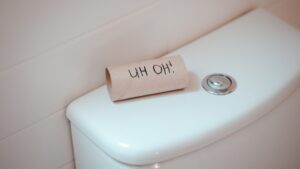
Toilet Flushes Slow:5 Reasons And Solutions
Sometimes, when your toilet flushes slow, it can feel more like a sluggish stream than a powerful waterfall. This means you’re dealing with a weak

Blue toilet water, often seen as a sign of cleanliness, is usually the result of using those tank cleaning tablets. While they might appear to be an effective solution for keeping your toilet sanitized, these tablets can actually be quite detrimental to your toilet.
The use of blue toilet tablets not only risks corroding internal tank components, but they also contain chemicals that can be harmful. These chemicals may not only affect your household environment but also have a negative impact on the broader ecosystem.
Here’s why we suggest avoiding the blue tablet and what alternatives you might consider instead.
Surprisingly, a crucial component of your toilet is the flush valve, essential for moving water into the bowl. However, using blue cleaning tablets can be problematic. These tablets contain harsh chemicals that may corrode or clog your toilet’s flush valve, along with other internal parts.
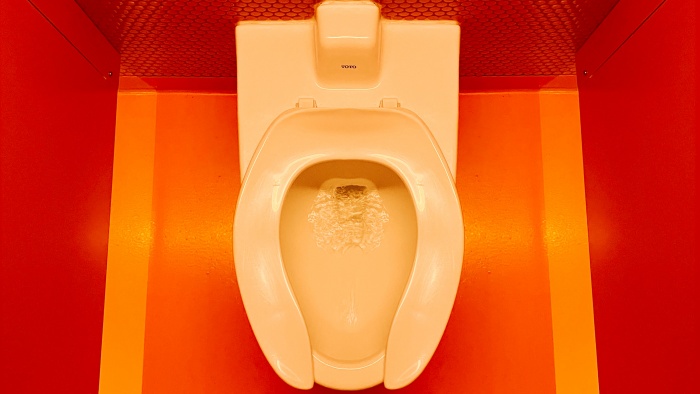
This corrosion can lead to flushing issues, potentially turning into a plumbing emergency if not addressed promptly.
Typically, during bathroom cleaning, you might open windows or use an exhaust fan to dispel any harmful chemicals from cleaning products.

However, the continuous use of a blue toilet tank tablet poses a risk of non-stop chemical emission. This can be harmful not only to your health but also to the environment.
Moreover, pets like dogs or cats who may drink from the toilet are at risk. The chemical-laden water can adversely affect their health, especially if ingested regularly.
If you’re debating whether to use a toilet bowl cleaner tablet, the safest bet is to steer clear of them entirely. Despite their claims of maintaining freshness after every flush, they can gradually wreak havoc on your home’s most frequented facility.
A superior approach to toilet cleanliness involves opting for green cleaning agents or those with minimal chemical content. These options not only ensure a sparkling, sanitized “throne,” but they also safeguard your plumbing in the long run.
Additionally, consider integrating a toilet light for improved hygiene and visibility, further enhancing your bathroom experience without compromising on safety and environmental well-being.
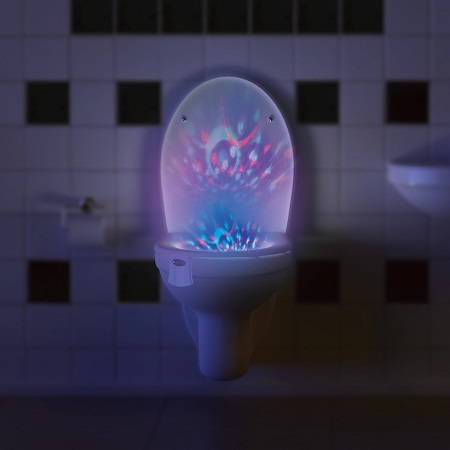
While blue toilet water may give the impression of a clean and sanitized bathroom, the hidden costs and risks associated with blue toilet cleaning tablets are too significant to ignore.
From corroding essential toilet components like the flush valve to continuously emitting harmful chemicals, these tablets can pose health risks and environmental concerns.
The smarter, safer approach is to choose eco-friendly cleaning agents and innovative solutions like toilet lights that enhance cleanliness and visibility.
By doing so, you ensure the well-being of your home’s plumbing system and the health of your family, all while maintaining an environmentally responsible stance.
FAQ 1: What are the primary ingredients in blue toilet tablets that cause damage?
While specific formulations vary, many blue toilet tablets contain bleach and other harsh chemicals. These substances are effective at cleaning but can corrode metal parts and emit potentially harmful fumes.
FAQ 2: How often should I clean my toilet if I’m not using blue tablets?
For maintaining hygiene without blue tablets, aim to clean your toilet once a week using eco-friendly cleaners. This frequency can vary depending on usage and the number of people in your household.
FAQ 3: Are there any natural alternatives to blue toilet tablets for maintaining a clean toilet?
Yes, you can use a combination of baking soda and vinegar for a natural, effective cleaning solution. These ingredients help remove stains and odors without the harmful effects of chemical tablets.
FAQ 4: Can the continuous use of blue tablets affect the septic system?
Yes, the harsh chemicals in blue tablets can disrupt the bacterial balance in septic systems, leading to potential issues with waste breakdown and septic system functioning.
FAQ 5: Are there any health risks associated with the fumes emitted by blue toilet tablets?
The fumes from these tablets, especially when mixed with other household cleaners, can irritate the respiratory system, eyes, and skin. It’s especially risky for individuals with asthma or other respiratory conditions.


Sometimes, when your toilet flushes slow, it can feel more like a sluggish stream than a powerful waterfall. This means you’re dealing with a weak

How to unclog toilet is not often a thought until trouble strikes. When our toilet clogs or malfunctions, it becomes more than just a small

Contrary to common belief, your clean toilet isn’t the most bacteria-ridden place in your house. In fact, your smartphone, keyboard, or backpack harbor far more

Imagine this scenario: it’s the middle of the night, and you find yourself stumbling into your bathroom, half-asleep, seeking a bit of comfort in the
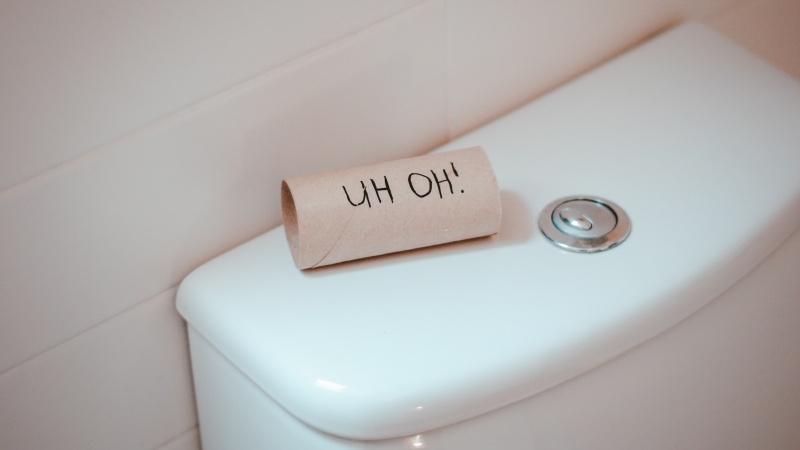
Sometimes, when your toilet flushes slow, it can feel more like a sluggish stream than a powerful waterfall. This means you’re dealing with a weak

Blue toilet water, often seen as a sign of cleanliness, is usually the result of using those tank cleaning tablets. While they might appear to
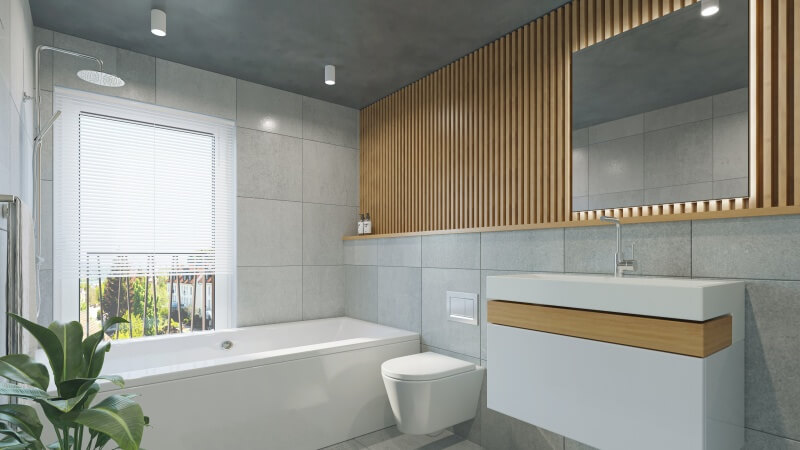
How to unclog toilet is not often a thought until trouble strikes. When our toilet clogs or malfunctions, it becomes more than just a small

Contrary to common belief, your clean toilet isn’t the most bacteria-ridden place in your house. In fact, your smartphone, keyboard, or backpack harbor far more
Copyright © 2024 toiletlighton. All Rights Reserved.